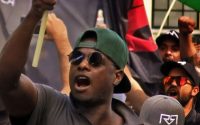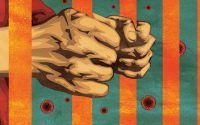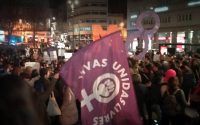Ecuador // The IMF faces off against popular power~ 6 min
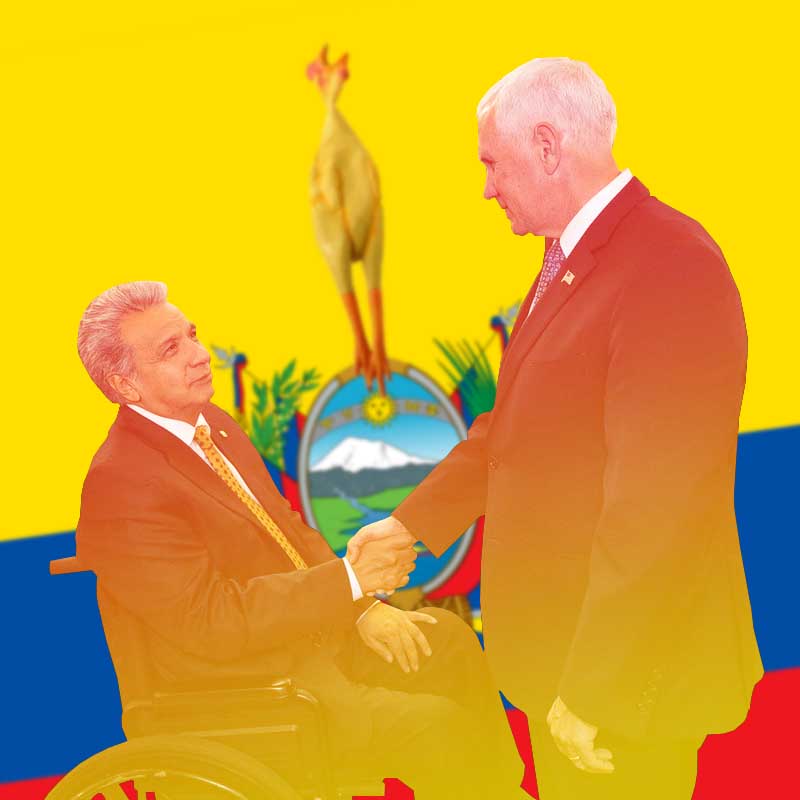
The Ecuadorian government of Lenin Moreno is facing the worst crisis in its two and a half years in power. The country is paralyzed due to a general strike called by traditional unions, with the important support of the Confederation of Indigenous Nationalities of Ecuador (CONAIE), left-wing parties, students and peasant organizations.
The protests began on the morning of October 3, a day and a half after president Moreno announced a set of austerity measures negotiated with the IMF – the so called “Paquetazo” (“big package”). The deal would unlock a 4 billion dollar loan.
Reasons for the protest
Adding to the over 23 thousand public sector workers fired in the last two years, Moreno also announced a set to brutal “reforms” demanded by economic elites and the World Bank.
We had previously written about the figure of Lenin Moreno when Julian Assange was expelled from the Ecuadorian embassy – the expulsion itself a supposed price to pay for the IMF rescue. Implicated in an enormous corruption scandal that benefited his family and friends, Moreno’s approval rating is abysmal.
The most polemical measure announced by Moreno is without a doubt the end of gasoline and diesel subsidies – which translates into an enormous increase in fuel prices. “Extra” gasoline – the most commonly used in the country – increases from $1.45 to $2.41 a gallon. Similarly, the Eco País brand (extra with added ethanol), from $1.45 to $2.53 and Super from $2.3 to $3.07.
This is a clear attack on the popular classes, as this subsidy targets the diesel and extra fuels used by public and school transportation and small or medium sized cargo vehicles.
Lenin Moreno also announced a new labor reform which will mean a 20% reduction in public sector fixed-term contracts. Vacations will be reduced from 30 to 15 working days and one work day per month must be “donated” by workers of State companies.
The measures included in the “Paquetazo” can be divided into three groups: those resulting from the traditional neoliberal recipe of slashing public sector spending, especially social spending; labor reforms that destroy workers rights in order to allow greater “labor flexibility” and freedom of action to big companies; and lastly the so called pseudo-social measures to try to soften social agitation – such as the elimination or reduction of taxes on agricultural and industrial machinery and raw materials, as well as the reduction of taxes on vehicles costing less than $32 000.
A country in protest
As an answer to the great popular discontentment, the Ecuadorian government has decreed, this past October 4, a national state of emergency.
This state of emergency – allowed by article 164 of the Constitution – means the suspension of the freedom of assembly and meeting, freedom of information and the principle of “inviolability of domicile and correspondence”. It also allows the intervention of the Armed Forces in all of the Ecuadorian territory and changing the government’s headquarters.
Popular unrest, lead by the Confederation of Indigenous Nationalities of Ecuador (CONAIE), along with its affiliated organizations (CONFENIAE, CONAICE, ECUARUNARI, MICC), called for a greater mobilization after several days of struggle. On October 9 in Quito, thousands of indigenous people left their territories and headed to the capital. The marches were welcomed with applause in working class neighborhoods.
Medical stations were organized and opened by nursing and medical students. Several public canteens and logistical centers were organized all over the city.
Faced with the eminent arrival of this mega protest, president Moreno had to “change” the government’s headquarters to the city of Guayaquil, a bastion of the Ecuadorian right.
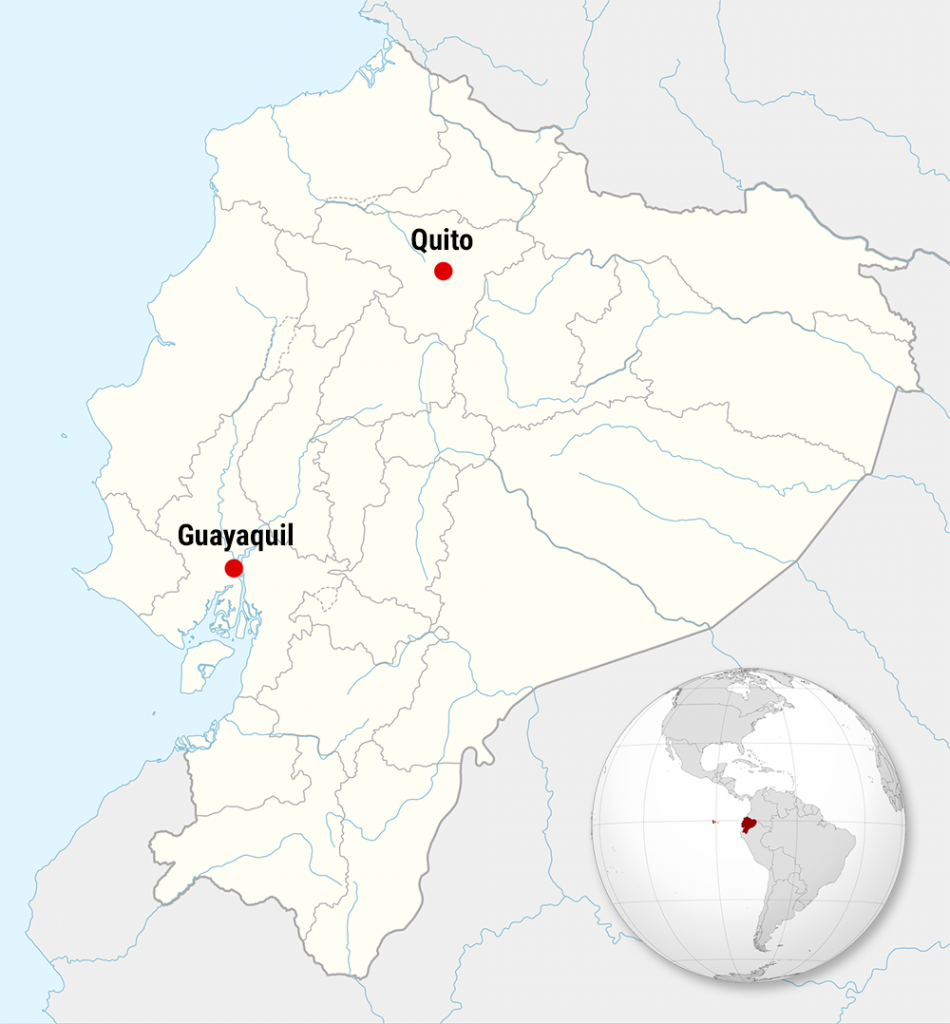
Government repression
Repression by the security forces and the army was brutal. According to the “Defensoría del Pueblo” (“People’s Defender”), about 5 people died and 554 were wounded, victims of firearm discharges, tear gas, baton strikes and rubber bullets. Over 900 people were detained by police.
The images depicting violence by the repressive forces of the State are tremendous: police bikes deliberately run over protesters; young people are thrown off a viaduct; police bombards universities with tear gas.
State and private media have created a media siege in order to only give voice to the government’s line. They minimize the reasons for the popular unrest and accuse the protestors of vandalism and theft. Meanwhile, Lenin Moreno, with the aid of whole propaganda apparatus, accuses the former president Rafael Correa of being the one fomenting the popular agitation. He even accuses the “Maduro regime” of supporting a conspiracy to overthrow his government. No evidence is ever presented for any of these claims.
As an answer to Moreno’s conspiracy theories, CONAIE emitted a statement on the 7th denying any involvement with Correa’s forces. It adds:
We are the people organized, claiming and demanding rights, with our own agenda, discussed with the base and certain that only through struggle are rights won.
Indigenous popular power
Right from the start, several permanent assemblies in several points of the country have been organizing and coordinating the mobilization. As of this time, there is a National Assembly gathered at Quito’s House of Culture, under permanent plenary.
To protect the assembly from attacks by government forces, about 8 policemen were detained by protesters the day before yesterday. Several journalists were detained inside the House of Culture and some TV channels were forced to transmit live from the National Assembly, in an attempt to break through the media blockade.
Jaime Vargas, leader of CONAIE, said there would be no dialog until the government revoked the “Paquetazo” and those responsible for the deaths of two protestors during Wednesday’s protests were found.
Vargas also announced, during the speech made at the House of Culture, the radicalization of the protests. He promised to “lock the keys to the oil”, meaning, to block the oil fields located in the Amazon – “If they have to kill me, let them kill me.” – he added.
A march of a thousand indigenous people is arriving in Quito, coming from the Amazon, to reinforce the protestor’s contingent in the Ecuadorian capital.
Breaking: CONAIE is open to dialog
The different indigenous leaders, after consulting the base of each territory, decided to open dialog with the government if it accepts the following terms:
- The meeting will take place in a neutral province.
- The meeting must be public and transmitted live by the country’s different TV networks.
- The meeting must be attended by several different independent international organizations.
- All indigenous leaders, municipal heads, union leaders, women and student groups must be present.

